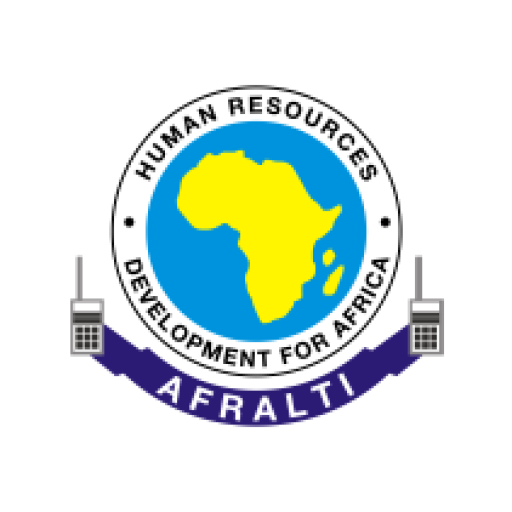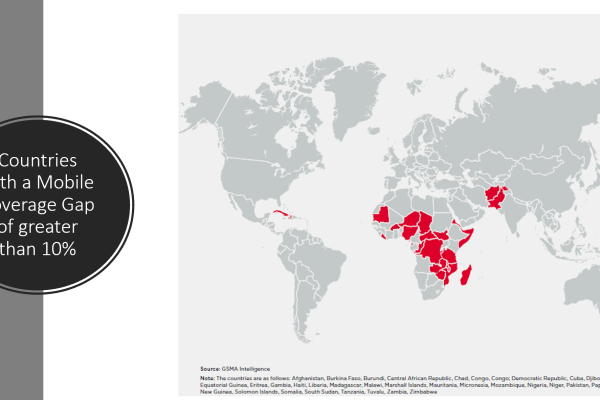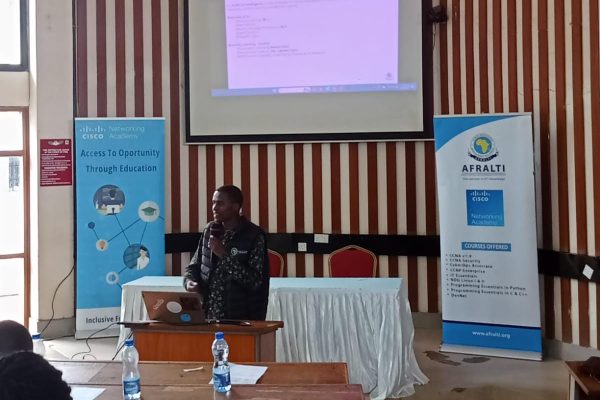Wireless Networking for Developing World
Course Overview: This workshop will cover a wide range of wireless technologies and their characteristics, analyzed in terms of bandwidth, cost performance and availability.
Target Audience: This workshop is targeted at engineers, wireless network planners, technical personnel responsible for maintaining wireless networks, and trainers from Internet Training Centres and other institutions in Africa who stand to benefit from this course.
Pre-requisite/s: Basic understanding of Radio Frequency and Wireless communications is essential.
Pain Points:
– Understanding the importance of the Spectrum Regulation
– What impact does the evolution of wireless standards have on the topologies adopted
– Analyzing the importance of radio link power budgets and its impact on the design, cost and flexibility of wireless networks
– The pros and cons of various wireless technologies
Methodology: Instructor-led with presentations, interactive discussions, quizzes, and lab exercises.
Workshop Objectives:
– Describe how the radio spectrum is regulated
– Explain the principles that underlie wireless communications
– Understand the evolution of wireless standards
– Understand the various wireless topologies
– Calculate radio link power budgets
– Describe the budgeting and planning process of wireless networks
– List the factors that are driving the emergence of Wi-Fi and WiMAX
– Explain the principles that underlie Wi-Fi and WiMAX technology
COURSE OUTLINE -Wireless Networking for Developing World
Wireless Networking for Developing World – ITU Website
Resource materials



